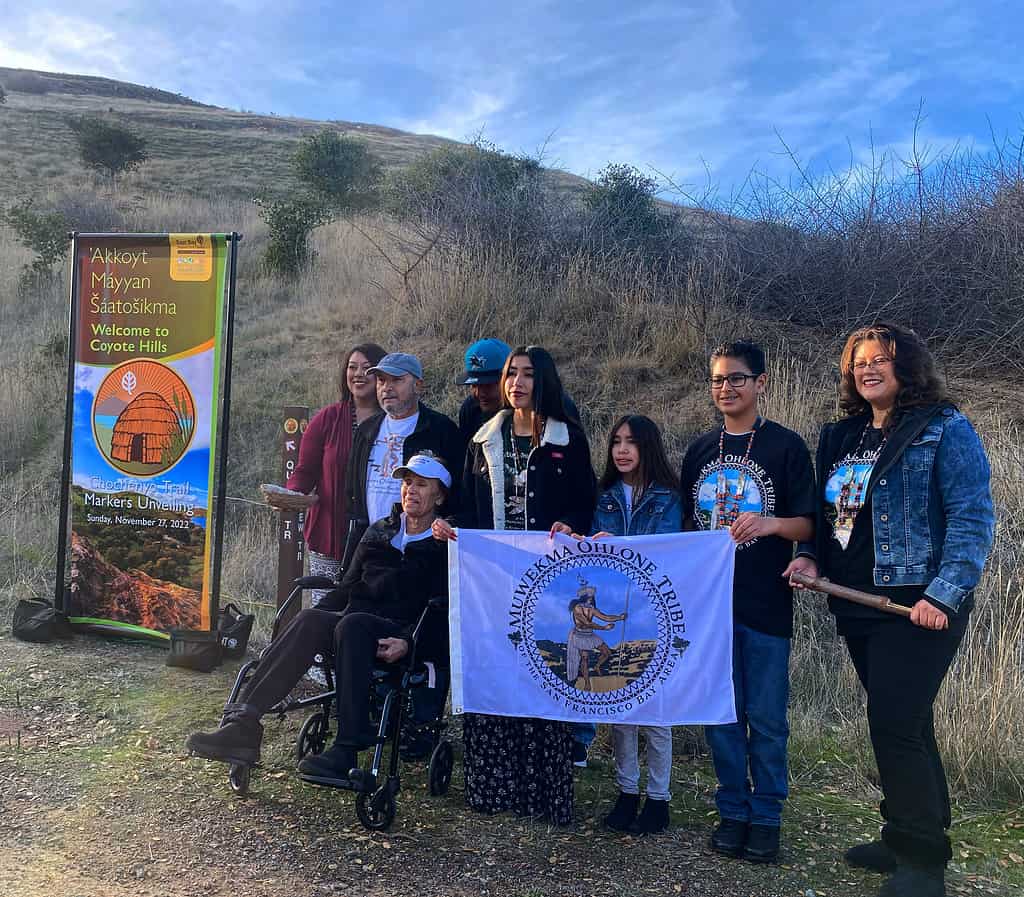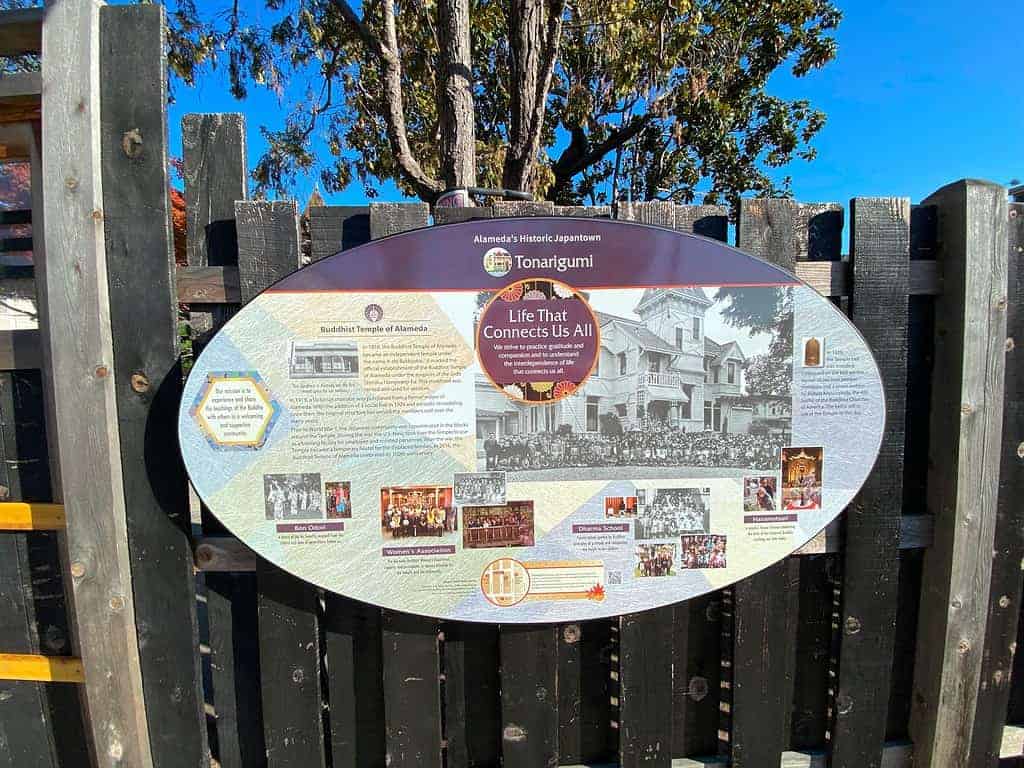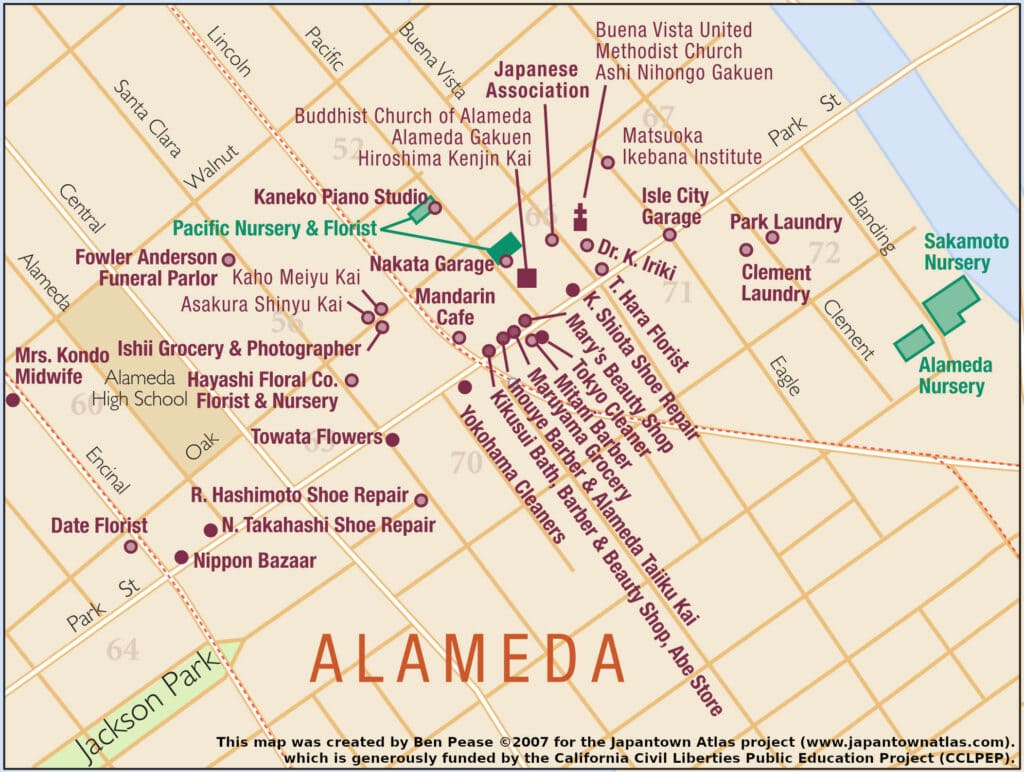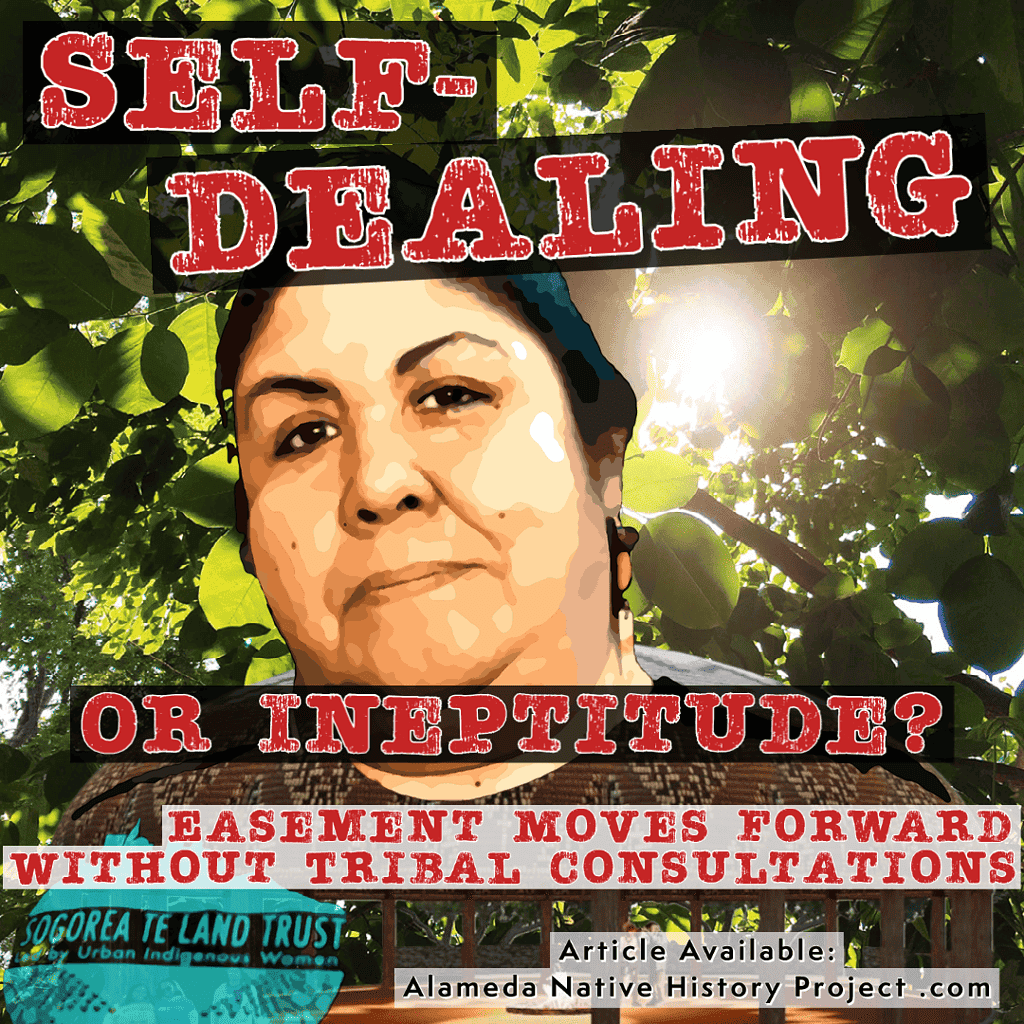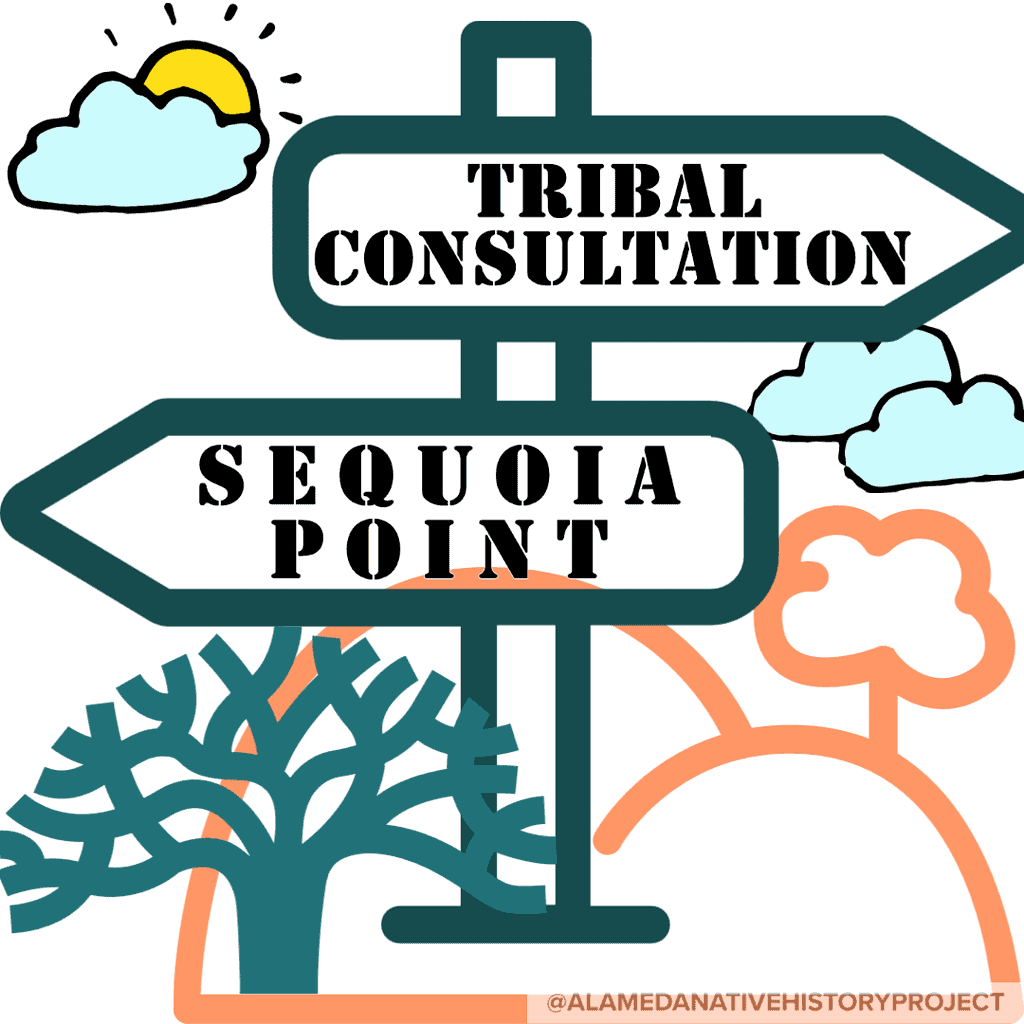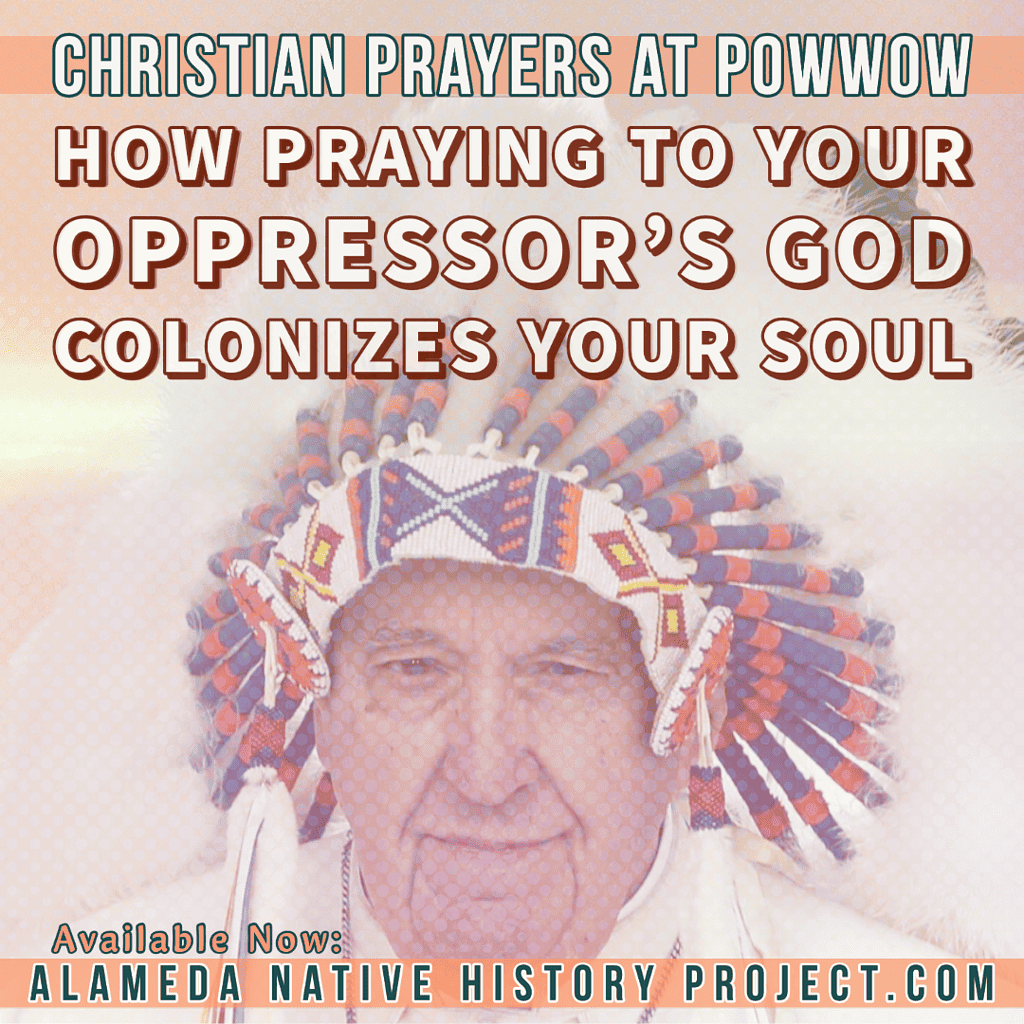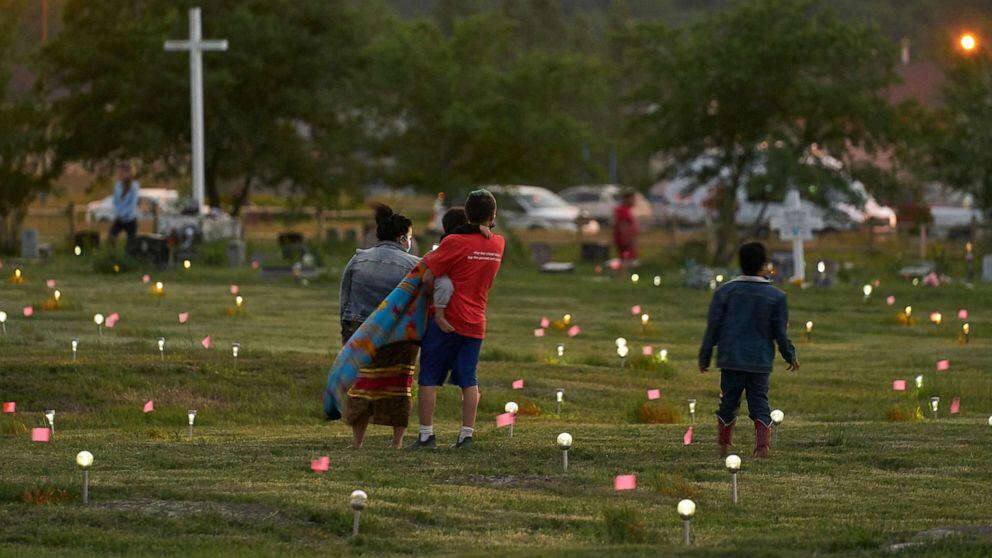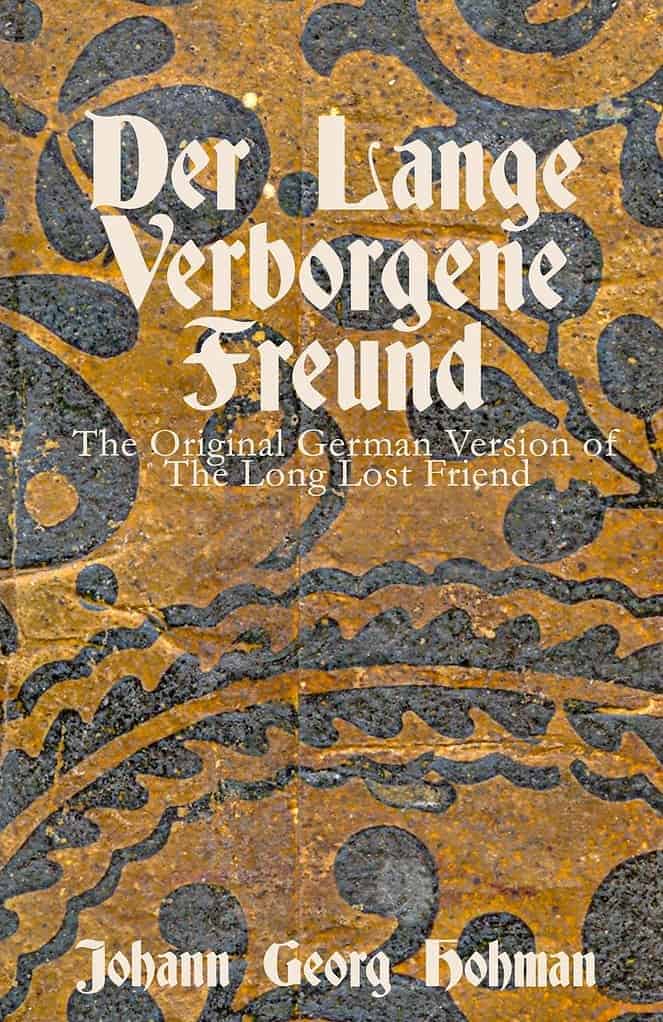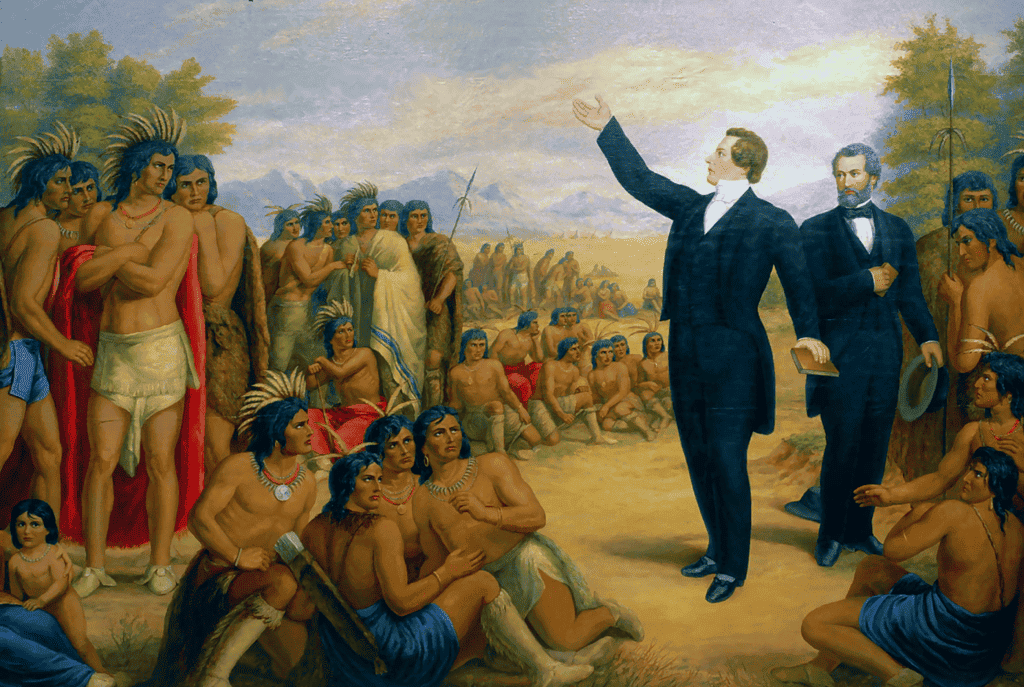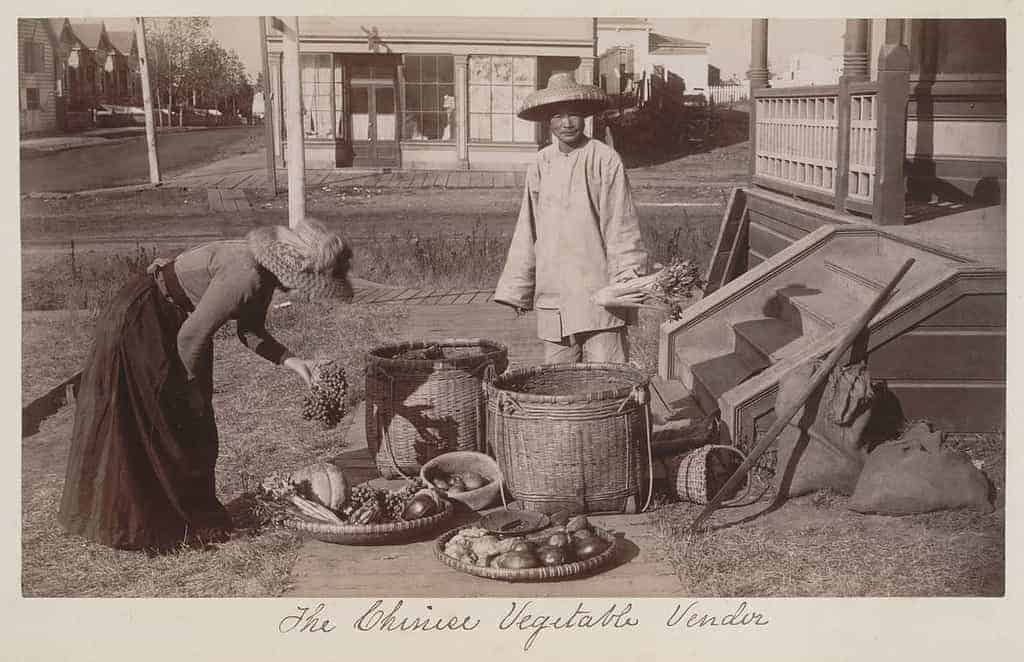The following is an email sent to John Keenan, volunteer at the Museum of the San Ramon Valley, in reply to his request for topics for Zoom Lectures at the museum:
Land Acknowledgement is an important step in naming and acknowledging the people who actually belong to this land. It’s a proclamation that has no legal implications, as far as I can tell. But it is the first step in naming the people whose land you are on, and acknowledging the circumstances which forced them off of it, and into obscurity. It is an attempt to undo the continuing erasure (or omission) of the history of our people, and one way to begin the process of inviting Native American people to be a part of the planning process; as well as to make space for the representation of the actual lived experiences of Native American people.
By acknowledging this land is Ohlone territory, you are honoring Ohlone people by referring to them by the name that they chose for themselves. And you are helping to correct the inaccurate representations of who has been here (“since time immemorial”–but at least for [7,000] years.)
Many times, historical societies, and museums refuse to acknowledge, or take seriously the factual (historical) background of this place. But it only takes the introduction and study of archeological, ethnographic, and direct statements by Native People, in the last 50 years for one to realize, and determine that this is indeed Ohlone Territory.
For instance, the last recorded tribal group in your area was the Verona Band of Indians, they appeared in at least two Indian Censuses, J.P. Harrington’s Research, and most recently in Randall Milliken’s detailed and thorough analysis of Mission Records. The Verona Band of Indians was recognized as a tribe by the Bureau of Indian Affairs, and is known today as the Muwekma Ohlone Tribe of the San Francisco Bay Area, which claims the entire San Ramon Valley area as their homeland. Furthermore, overtures made to the existence of groups in places like “Lisjan”, are direct references to places where Ohlone people lived and worked on ranches in the post-Mission Period–as “Lisjan” is a Maidu place name for Pleasanton, California.
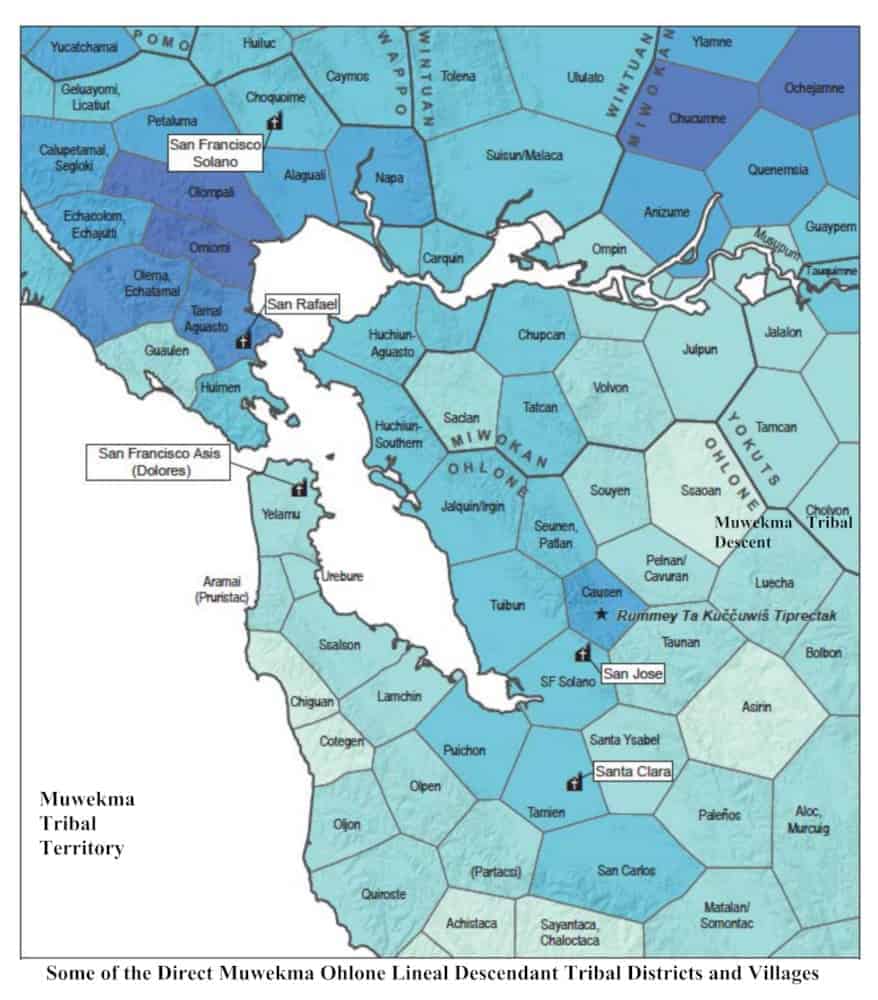
In spite of this, museums and historical societies, such as the Museum of the San Ramon Valley, continue to insist that the tribal groups of your area were Miwok; when, in fact, they were Miwok-speaking Ohlone People. And the only reason Ohlone people were misidentified was because of the blind reliance on the languages spoken by the Native People here as the sole identifying indicator of a tribe’s identity. This, of course, is a result of the fact Miwok was the primary language spoken in California Missions. (However, Jose Guzman, pictured below, spoke Chochenyo, which is an Ohlone language.)
By continuing to misidentify Ohlone people–who are alive and well today–and refusing to acknowledge their lives, and contributions to this area, is continuing to omit large portions of a rich and interesting history, some of which can only be presented by Ohlone People, themselves. This is aside from the reliance upon, and repetition of, what’s widely seen as explicitly racist, antiquated, and offensive language and references to Native American People, often still seen in museums, and historical societies, today.


It is for these reasons, among many others, that Land Acknowledgement is an important facet to honoring the people of this area. But it is also a step forward in presenting accurate historical information, and respectful representation, of the people whose land you are on, and benefit from.
It is also for these reasons (among many others) I would be unable to present information about Native People in the San Ramon Valley area under the guise that they are “Miwok”. Because I know this is a false representation of the facts.
Please find the attached “Muwekma Greeting”, an official document published by the Muwekma Ohlone Tribe of the San Francisco Bay Area. It is extremely thorough and detailed; the most pertinent facts have been verified and augmented by the Bureau of Indian Affair’s own Research and Acknowledgement Division.
I hope this will help you as you consider which topics and information the Museum of the San Ramon Valley chooses to present to the public. I am copying this email to the museum’s main email address, as well.
Very truly yours,
Gabriel Duncan
Attachment: “Muwekma Greeting”
